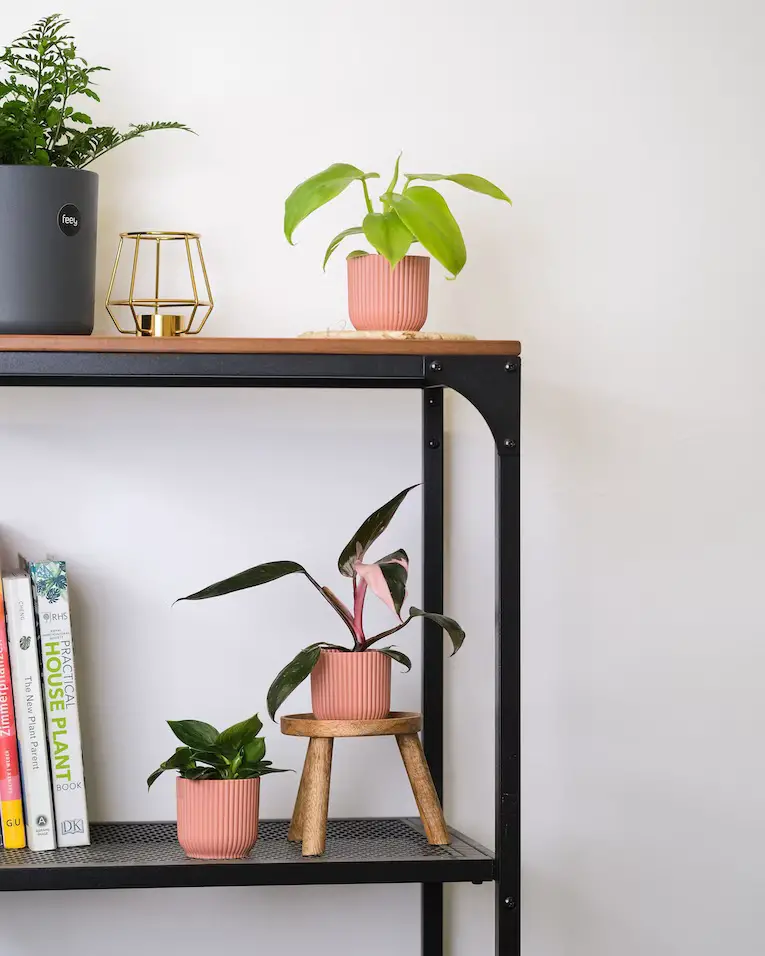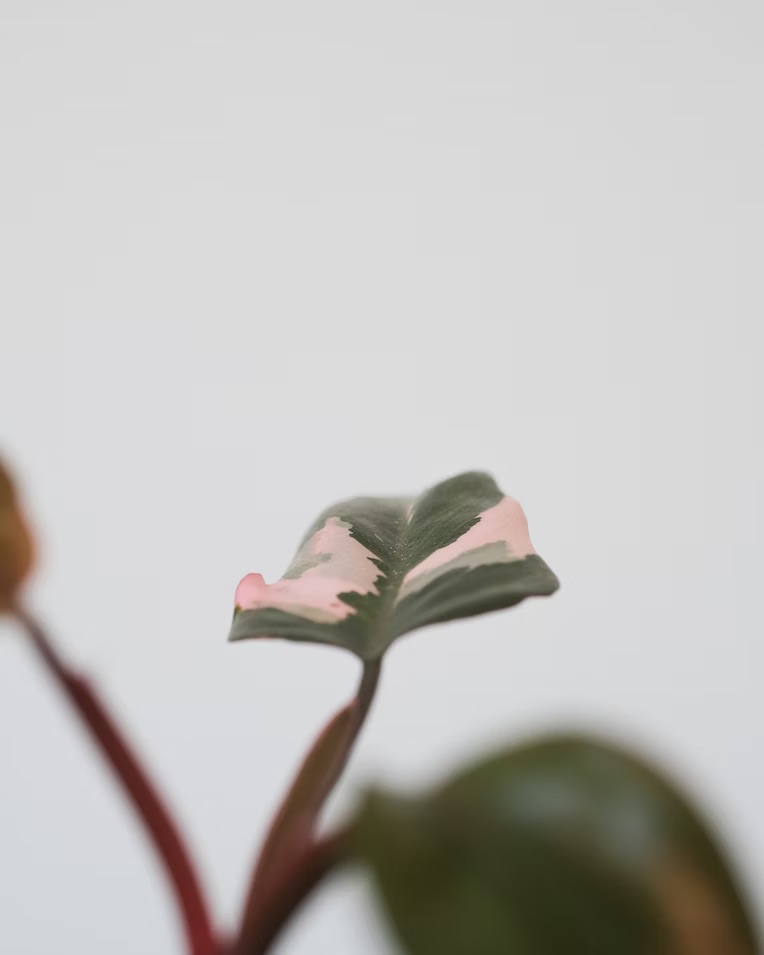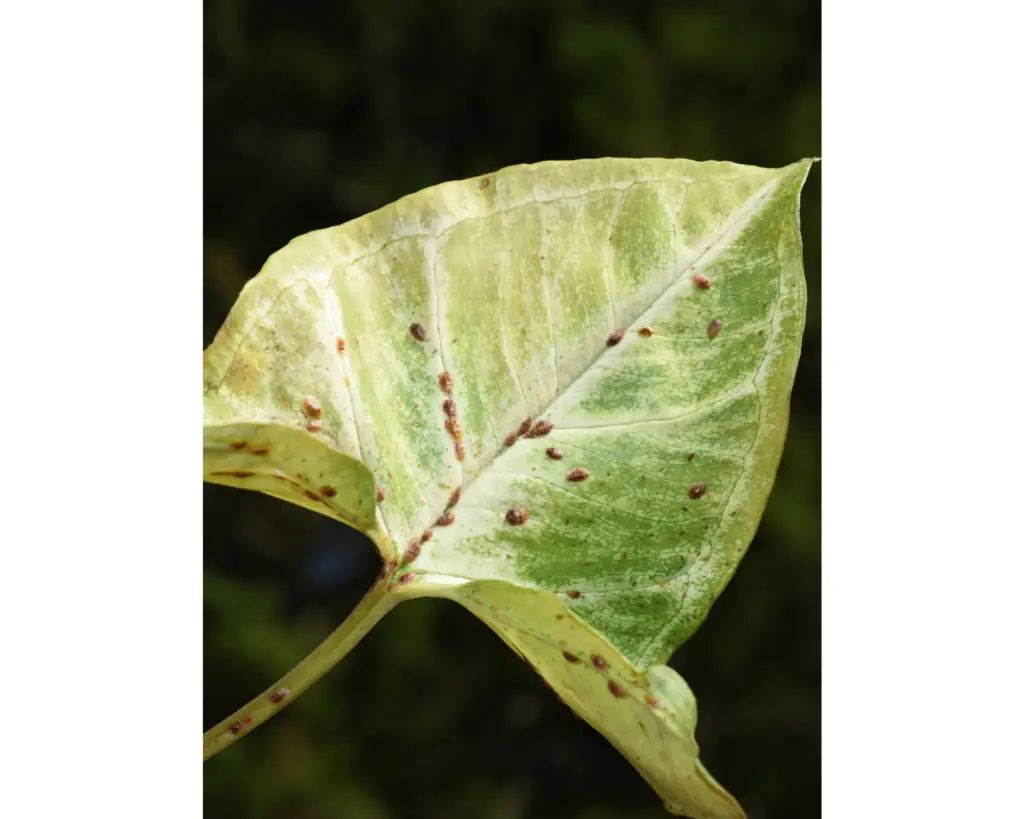The Pink Princess Philodendron (scientific name: Philodendron erubescens) is a stunning and highly sought-after houseplant. It is a member of the Araceae family, which includes other popular houseplants like the Monstera deliciosa and the ZZ plant. The Pink Princess Philodendron is native to Colombia and is a climbing plant that can grow up to 3 meters tall. It has unique, heart-shaped leaves that are a mix of green, black, and pink, which is where it gets its name. In this article, we’ll explore everything you need to know about this beautiful plant, including how to care for it, propagate it, and where to buy it.


Table of Contents
History and Origins
The Pink Princess Philodendron was first discovered in the wild in Colombia. It is believed to have been around for centuries, and its popularity has only grown in recent years. The plant’s striking foliage is due to a genetic mutation that causes it to produce more anthocyanin pigment, which gives the leaves their distinctive pink coloration. This mutation occurs naturally, and breeders have been able to propagate the plant through cuttings to create more specimens for the market.
Care Requirements
The Pink Princess Philodendron is a relatively easy plant to care for, making it a great choice for both novice and experienced plant owners. Here are some care requirements to keep in mind:
- Light: The plant prefers bright, indirect light. Avoid direct sunlight, as it can scorch the leaves.
- Water: The Pink Princess Philodendron prefers moist soil but can tolerate slight drying out between waterings. Overwatering can lead to root rot, so be sure to let the top inch of soil dry out before watering again.
- Humidity: The plant prefers high humidity levels, so consider using a humidifier or placing a tray of water near the plant to help increase moisture in the air.
- Soil: The plant prefers well-draining soil that is rich in organic matter. A mix of peat moss, perlite, and orchid bark is a good choice.
- Fertiliser: The plant should be fertilised during the growing season (spring and summer) with a balanced fertiliser.
Propagation
The Pink Princess Philodendron can be propagated through stem cuttings. Here’s how to do it:
- Choose a healthy stem with several leaves.
- Cut the stem just below a node (the point where a leaf attaches to the stem).
- Remove the bottom leaves from the stem, leaving only two or three leaves at the top.
- Dip the cut end of the stem in rooting hormone.
- Plant the stem in moist soil.
- Cover the cutting with a plastic bag to create a mini greenhouse.
- Keep the soil moist and place the cutting in bright, indirect light.
- After a few weeks, new growth should appear, indicating that the cutting has rooted.
- Once the plant has established itself, it can be transplanted into a larger pot.
Pest management
Like any houseplant, the Pink Princess Philodendron is susceptible to pests, including spider mites, mealybugs, and scale insects. It is important to regularly inspect the plant for any signs of infestation, such as yellowing leaves, webbing, or sticky residue on the leaves. If pests are present, the plant can be treated with insecticidal soap or neem oil. It is important to follow the instructions on the product label and to treat the plant in a well-ventilated area. Regularly wiping down the leaves with a damp cloth can also help prevent pest infestations. Additionally, isolating any new plants before introducing them to the rest of your plant collection can help prevent the spread of pests.


Repotting a Pink Princess Philodendron
As the Pink Princess Philodendron grows, it may outgrow its current pot and require repotting. It is recommended to repot the plant every 1-2 years, depending on its growth rate. When repotting, choose a pot that is one size larger than the current pot and has drainage holes. It is important to use well-draining soil and to water the plant immediately after repotting to help settle the soil. To avoid damaging the roots, gently loosen the root ball before placing the plant in its new pot. Additionally, it is important to remove any dead or damaged roots before repotting. Repotting can be a stressful process for the plant, so it is important to avoid fertilising for the first few weeks after repotting to allow the plant time to adjust to its new environment.
Buying and Collecting
The Pink Princess Philodendron is a highly coveted houseplant, and its rarity has made it a collector’s item for many plant enthusiasts. The plant can be difficult to find, especially in local nurseries or plant stores. However, it is often sold online through reputable plant retailers. Due to its popularity and scarcity, the Pink Princess Philodendron can be quite expensive. When purchasing a Pink Princess Philodendron, it is important to buy from a reputable seller and ensure that the plant is healthy and disease-free. It is also important to keep in mind that the variegation of the leaves can vary widely from plant to plant, and even from leaf to leaf, so it is important to choose a plant with the desired amount of pink in the leaves.
Conclusion
The Pink Princess Philodendron is a stunning and highly sought-after houseplant that has become a favourite among plant enthusiasts. Its striking variegation of pink and green on its leaves makes it a statement piece in any room. While the plant requires some attention and care, including proper watering, fertilising, and pest control, its beauty and unique characteristics make it a rewarding addition to any plant collection. With proper care, the Pink Princess Philodendron can thrive and bring joy to its caretaker for many years to come.
